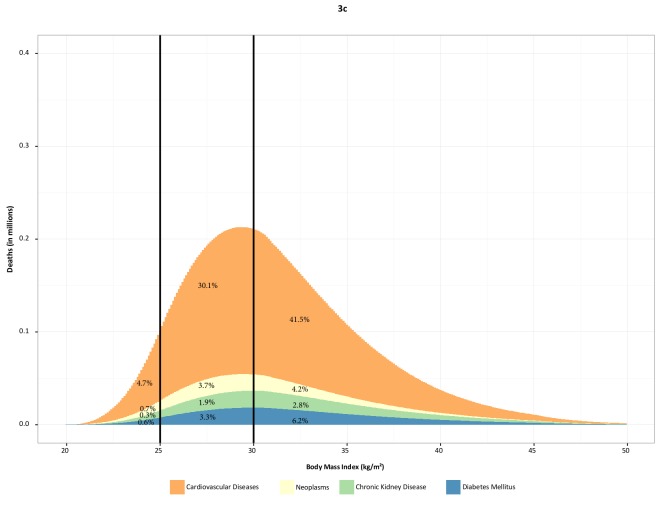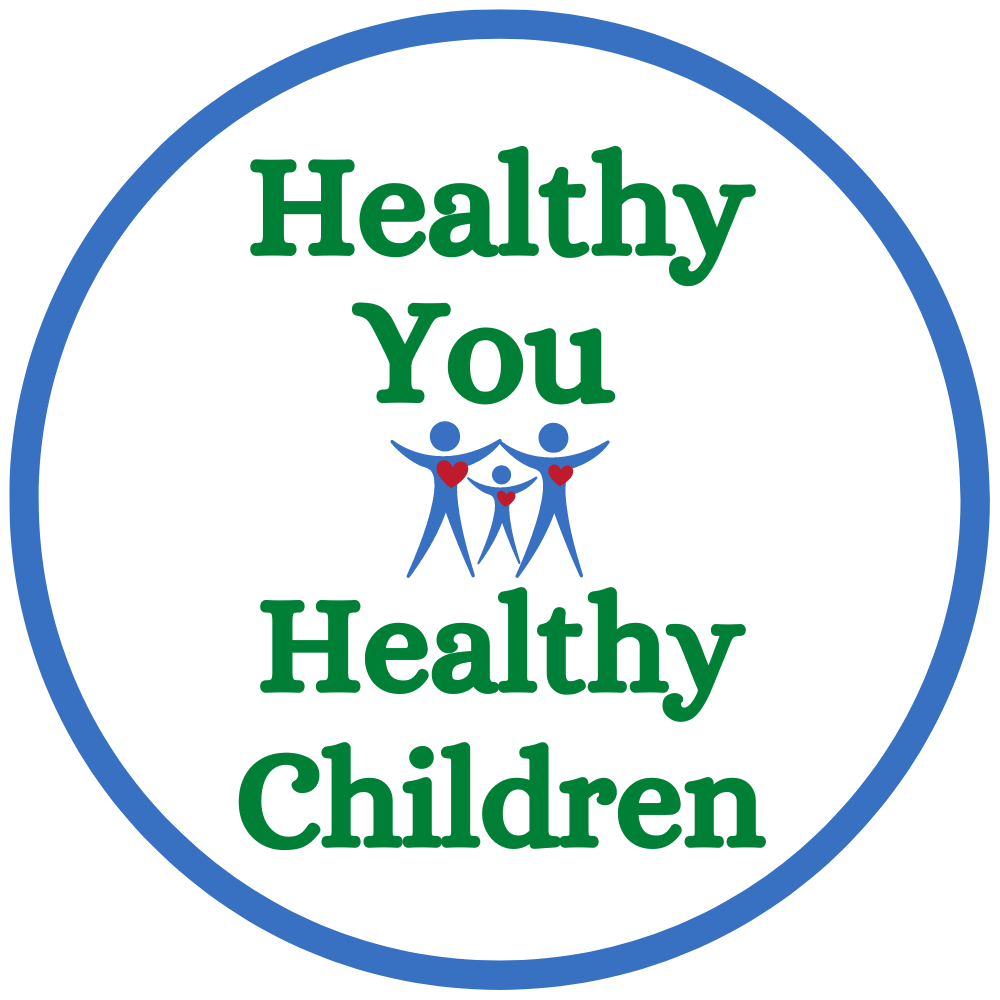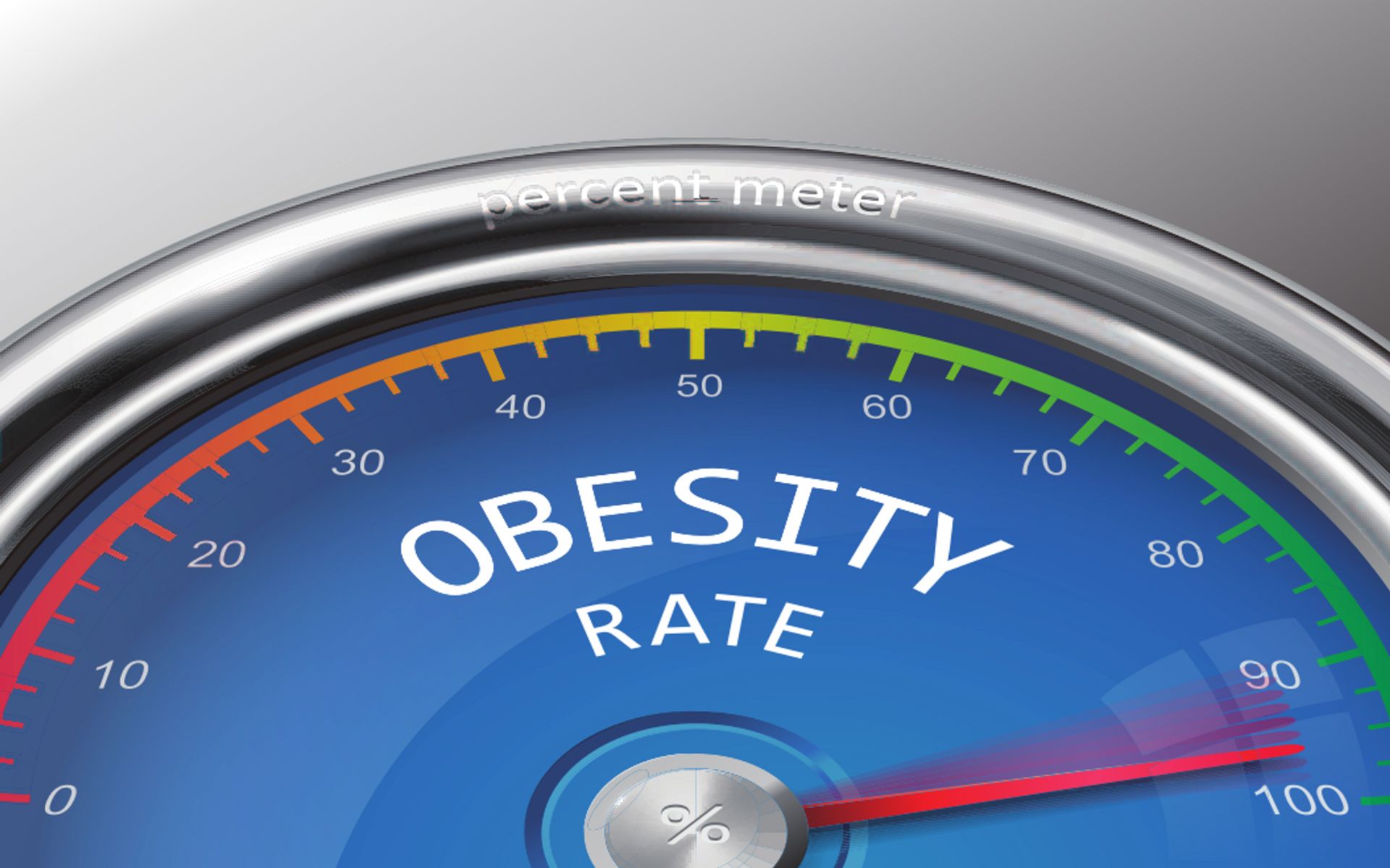Before going into detail about the topic, let’s review the definition of BMI:
Body Mass Index (BMI) is a person’s weight in kilograms divided by the square of height in meters. BMI is a reliable indicator of body fatness for most people. However, it has limitations. It is used to screen for weight categories that may lead to health problems. Check the links and calculators to know your BMI at the end of the article.
FYI: As mentioned above, BMI has limitations. It can underestimate body fat in people with low muscle mass (especially older people) and risk to people of Asian descent. It can overestimate body fat for people who are very muscular and physically fit. BMI DOES NOT factor in the risk conferred by EXCESS ABDOMINAL FAT, which is estimated by WAIST CIRCUMFERENCE measurement. With the increment in waist circumference, the risk for health problems increases regardless of the BMI.
Higher risk of developing obesity-related conditions (American Population):
● A man with a waist circumference of more than 40 inches (102 cm).
● A non-pregnant woman with a waist circumference of more than 35 inches (88 cm).
Worldwide the number of people with pre-obesity (BMI 25-29.9) and obesity (BMI >30) is increasing.
In 2016, over 340 million children aged 5-19 were obese, and 650 million in the adult population. 1.9 BILLION adults aged 18 and older were overweight. The prevalence has increased in most countries, even in low and middle-income countries, primarily urban areas. In many countries, the increased rate of childhood obesity has been more significant than the rate of adults. Unfortunately, the number of kids with obesity continues to rise, especially during the Pandemic—with spikes in both prevalence AND severity. During the Pandemic, rates increased in all age groups but were worst in the youngest patients and those already with obesity. Data shows that by 2030, around 80% of adults will have pre-obesity or obesity. To sum up, trends show that the number of pre-obese people is slightly decreasing due to more people moving to the obesity group.
A High BMI has been linked as a risk factor for developing several chronic diseases like:
- Cardiovascular disease: especially stroke and heart disease (the leading cause of death in 2012). Mostly related to High Blood Pressure and abnormal Lipid level in your blood (Dyslipidemia: High LDL cholesterol, low HDL cholesterol, or high levels of triglycerides)
- Diabetes mellitus Type 2.
- Sleep Apnea.
- Fatty Liver Disease, Gallbladder Disease, GER.
- Musculoskeletal disorders, especially osteoarthritis.
- Cancer: including breast, endometrial, ovarian, prostate, liver, gallbladder, kidney, and colon.
- Severe COVID-19 symptoms.
A high BMI is also linked to a decreased overall quality of life.
Problems that are related to Obesity that will influence the quality of life include:
- mood disorders (like depression, anxiety),
- sleep disorders,
- intertrigo (inflammation of skinfolds caused by skin-on-skin friction),
- urinary incontinence,
- infertility,
- sexual problems (like low libido, impotence), disability,
- social isolation, and
- lower work achievement.
Unfortunately, I have to add discrimination.
Childhood Obesity
is related to higher chances of obesity, premature death, and disability in adulthood.
During childhood, children with obesity also experience:
- problems breathing,
- hypertension,
- elevated risk for fractures,
- early biomarkers of cardiovascular disease on lab tests,
- insulin resistance (linked to pre-diabetes and diabetes), and
- psychological issues (like low self-esteem and social isolation, depression, and anxiety).
According to an article from the AOC (Obesity Action Coalition), a 2004 study of bullying behaviors in 5,749 boys and girls (11-16 years old) showed that overweight school-aged children were more likely to be the victims and perpetrators of bullying behaviors than their normal-weight peers. A quote from the lead researcher of another study mentioned in the same article states: “the child with obesity was simply more likely to be bullied than the child who was not; none of these things affected it at all.” These “things” were sex, race/ethnicity, socioeconomic status, and grades at school.
Another scary report: Data published by the American Diabetes Association (ADA, USA) showed that During the pick COVID-19 pandemic in the United States, the number of hospitalizations due to new-onset Pediatric (children) Diabetes Type 2 had doubled.

Prevalence† of Self-Reported Obesity Among U.S. Adults by State and Territory, BRFSS, 2020. †Prevalence estimates reflect BRFSS methodological changes started in 2011. These estimates should not be compared to prevalence estimates before 2011.
Why is this happening?
The food environment and food system is the most critical issue. Ultra-processed and processed food high in energy, unhealthy fats, and sugar is more accessible and affordable than nutrient-dense whole food. The marketing campaigns from big food companies advertise are intense for this type of food, and lately, more focus on younger consumers.
We can add a decreased physical activity caused by a more sedentary lifestyle, urbanization, changes in transportation, street insecurity, and other environmental changes.
Many policies have been proposed to reduce obesity, like improving school meals, restricting unhealthy foods’ advertisement to children, taxation to reduce consumption of unhealthy foods, etc. The results from the places that have implemented these policies are yet to be evaluated. Worldwide there is a lack of supportive policies in critical sectors like health, education, environment, food processing, agriculture, urban planning, and transportation, to name a few. The result: the numbers are going up every year.
After sharing with you this ominous information, let’s go back to our main topic.
Why is it important to do something about pre-obesity or overweight?
As mentioned above, the trend is that most people with pre-obesity end up becoming people with obesity.
To sum up, The graphic below from a study published in The New England Journal of Medicine: “Health Effects of Overweight and Obesity in 195 countries over 25 years” shows an increased risk of chronic disease starting at the pre-obesity BMI (25-29.9).
,

The number of years people live with obesity or pre-obesity is also an important factor in increasing the risk of disease and death.
Knowing all of these,
What can you do at an individual level?
DO NOT WAIT TO CHANGE YOUR LIFESTYLE!
You can start with the following TODAY:
● Stop or decrease your intake of processed energy-dense food, especially those with unhealthy fats and added sugars. Please read my article about food labels to learn how to choose your foods when shopping by clicking here.
● Eat whole foods. They are loaded with nutrients and will keep you satisfied longer.
● Choose healthy whole-food snacks if you need one, especially for children.
● Enjoy more homemade cooking, and reduce take-out, especially fast food.
● Drink water instead of sodas, juices, and sweetened ice tea.
● Take your coffee and tea without sugar. Natural sweeteners (like Stevia, Erythritol, Monk Fruit, and Allulose) may be of help transitioning to unsweetened beverages or to use it in small amounts.
● Have healthy food at home. Reduce temptations for unhealthy snacks or drinks.
● Only allow your kids to have high-fat and high-sugar foods RARELY. This way, they will truly be treats!
● Try to exercise regularly, even if your only option is walking. The general recommendation is 60 minutes or more per day for children and 150 minutes spread through the week for adults. Plan activities that will make the whole family exercise. Remember the importance of being a role model for your kids. You can read my article about the Latest Physical Activity Guidelines here.
● Increase your daily physical activity by parking far from where you are going, taking the stairs, or taking a walk during breaks. Even home chores can be a great option to be more active.
● Limit children’s screen time to 2 hours or less; this includes TV, video games, and web surfing. Encourage free play.
● Make sure you and your children get enough quality sleep at night. Little sleep is associated with obesity. Being tired can lead people to eat more and be less active.
● The Family Group has to make these changes as a team, even if some members have a normal weight. These healthy lifestyle modifications benefit everyone, and having support from your loved ones is essential for the person needing to improve their health.
Focus on PROGRESSION OVER PERFECTION (my personal motto!) and CONSISTENCY. Start today even with small steps. Stay focused on your goal of getting healthier. Go back on track the next day if you had a bad day.
Final Thoughts:
Now you have a better ide of why it is so important to do something about your weight if you or someone in your family have a BMI or weight in the Obese or pre-obese range. Obesity is a chronic disease that, in most cases, needs to be treated by a professional team (Obesity Medicine Specialist, Nutritionist, Health Coach, Psych support, Bariatric Surgeon). Prevention is the best tool we have. Pre-obesity/Overweight can be treated with education, lifestyle changes, and support. If you feel that you cannot make it by yourself, look for help! Do not delay it!
You can Book a Call with me to learn more about my Health Coaching Program.
To get more healthy lifestyle information, news, and updates: Subscribe to my blog!
If you would like to calculate your BMI, use the links or the calculators below:
For Adults:
https://www.cdc.gov/healthyweight/assessing/bmi/adult_bmi/metric_bmi_calculat or/bmi_calculator.html
For Children:






